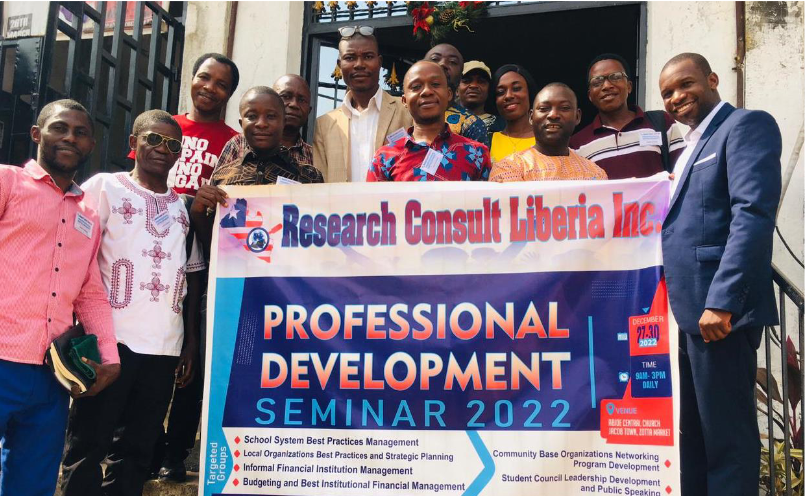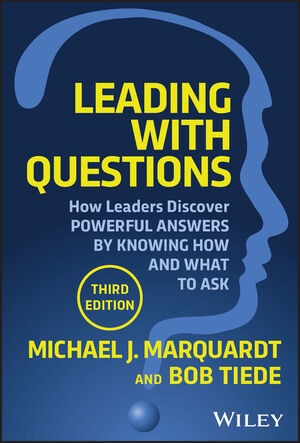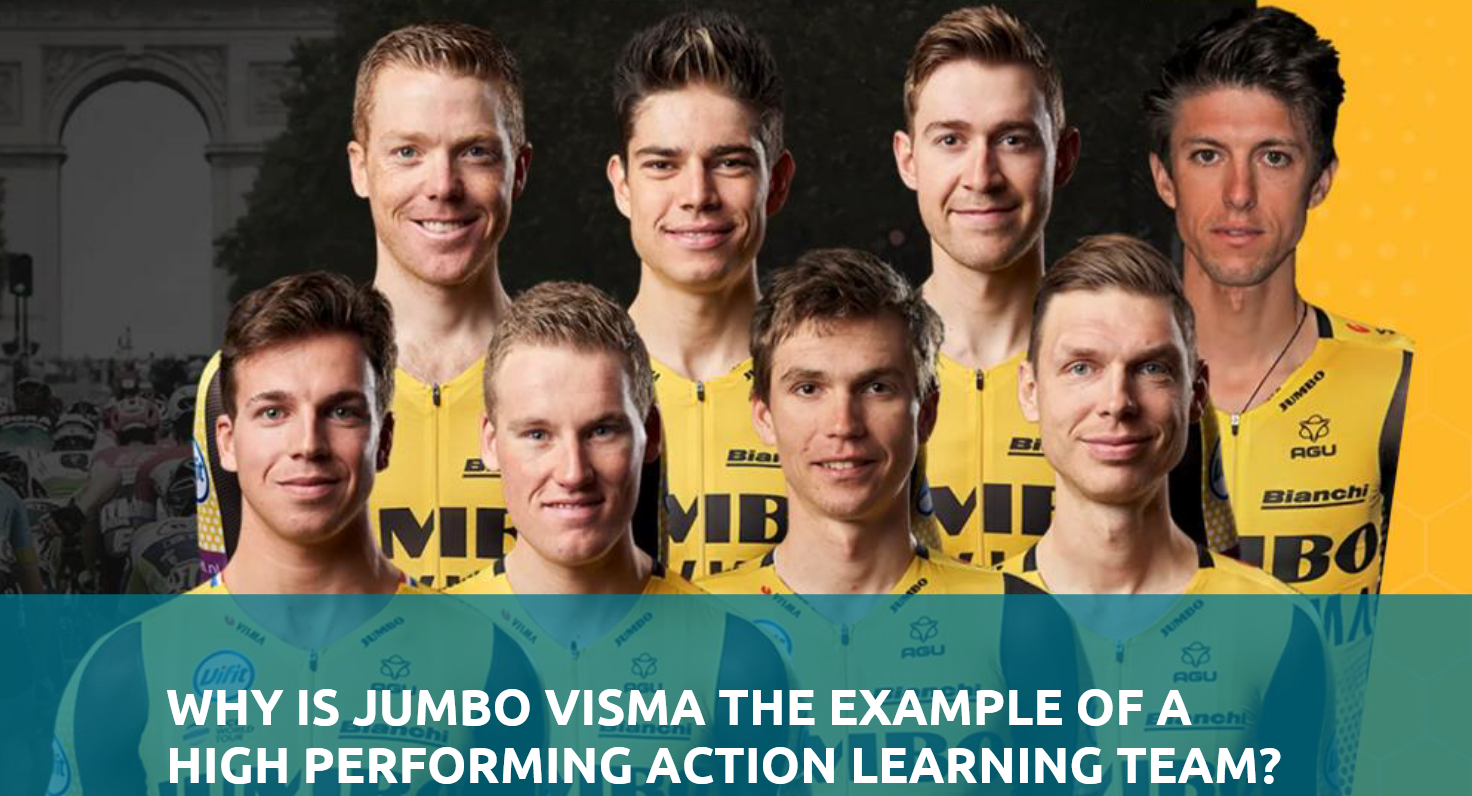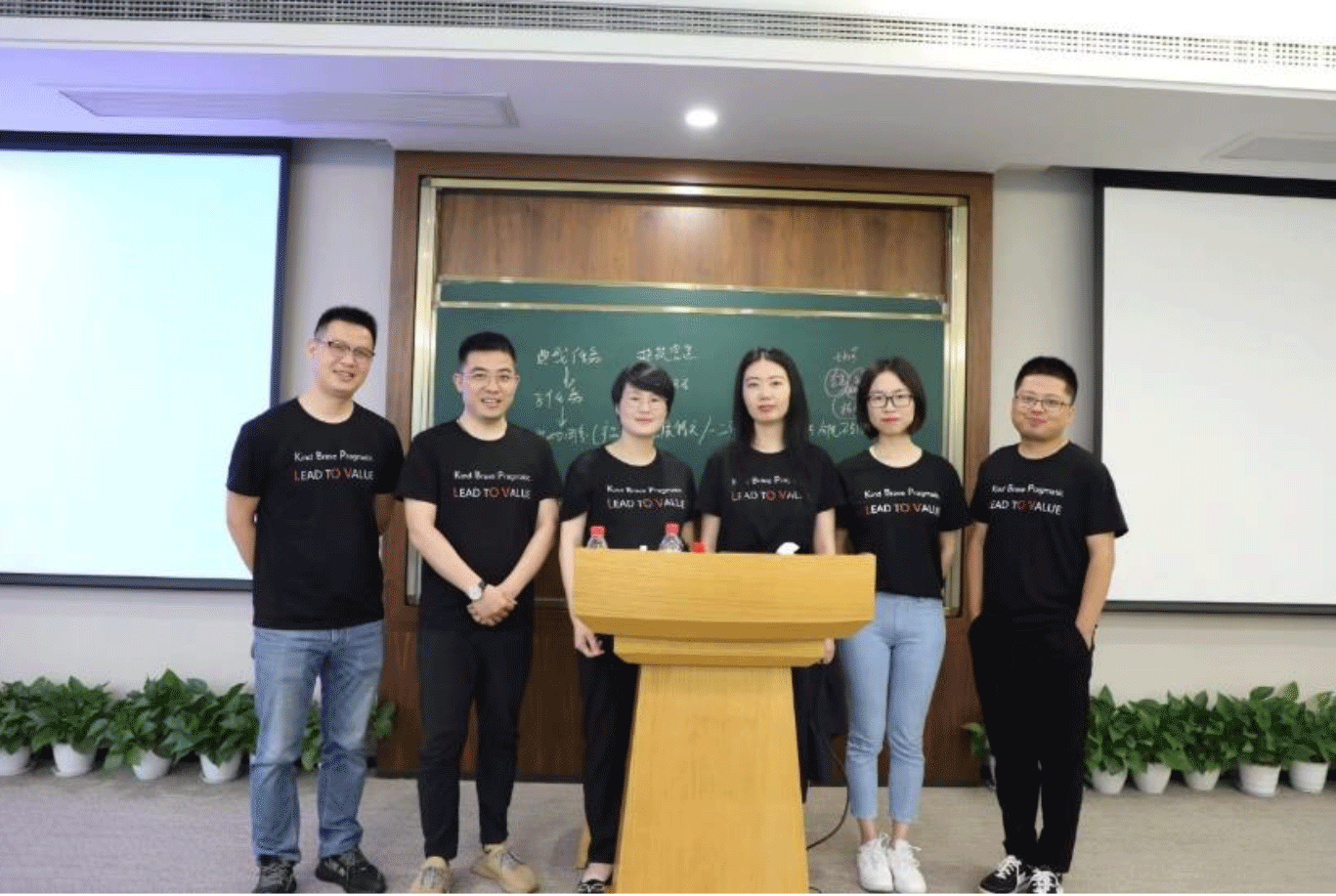


ACTION LEARNING:THE GAME-CHANGER FOR AFRICA LEADERSHIP LEGACY
Did you know that 66% of employees say they would likely leave their job if they didn’t feel appreciated? This statistic underscores the importance of effective leadership and inclusion in the workplace. Read MoreLeading with Questions: How Leaders Discover Powerful Answers by Knowing How and What to Ask 3rd Edition
by Michael J. Marquardt and Bob Tiede
In this newly revised third edition of Leading with Questions, renowned global leadership consultants Michael Marquardt and Bob Tiede describe how to ask powerful questions that generate short-term and long-term results and success. They show you how effective leaders use questions to encourage participation and teamwork, foster creative thinking, empower others, create relationships with customers, and solve problems.
The authors offer step-by-step guidance on the process of learning the art of questioning and techniques-like active listening and follow-ups – you can use in myriad situations with individuals, teams, and entire organizations. Perfect for managers, executives, and other business leaders, Leading with Questions will earn a place on the bookshelves of anyone interested in better engaging with and leading others.

As an action learning coach, how would you handle the following situation:
You are coaching a leadership development program with a group of senior engineers…One of them is a Six Sigma Black Belt with years of experience in problem solving methods. During the middle of your second meeting to frame the problem, the Black Belt notes that it is taking way too long to come to agreement on the problem. Some of the Type A members of the group nod their heads in agreement. What do you do?

SEEING WHAT’S INVINCIBLE PART 2
Who knows how life will unfold? The future is always a mystery; however, that’s not a reason not to practice being available to that mystery. In fact, because I have done a lot of practice I now realize it has helped me relax and engage in this natural unfolding Read More
As an action learning coach, how would you handle the following situation:
A team member asks if you have any suggestions on how to solve the problem
 Learning from what goes well is the fourth element of seven, which I describe,
following the success of Jumbo Visma’s cycling team.
My previous blog was about the importance of learning from what went wrong. So
now the opposite. The question that immediately comes to mind is: How (or when)
does a team learn more from loss or more from gain and why?
Read More
Learning from what goes well is the fourth element of seven, which I describe,
following the success of Jumbo Visma’s cycling team.
My previous blog was about the importance of learning from what went wrong. So
now the opposite. The question that immediately comes to mind is: How (or when)
does a team learn more from loss or more from gain and why?
Read More
 It begins with a simple conversation between Action Learning coach Hou Shaohua and
his friend Zhao Shuping about Action Learning. After a serious discussion in April
2021 ,they realized that Action Learning may help Generation Z and young people born
after 1995 out of the confusion of life and work.
Read More
It begins with a simple conversation between Action Learning coach Hou Shaohua and
his friend Zhao Shuping about Action Learning. After a serious discussion in April
2021 ,they realized that Action Learning may help Generation Z and young people born
after 1995 out of the confusion of life and work.
Read More
 The book points out how human capacities for dialogue and connection are
powerful tools to generate more empathy and results in communities,
organizations and even in the country.
Read More
The book points out how human capacities for dialogue and connection are
powerful tools to generate more empathy and results in communities,
organizations and even in the country.
Read More
As an action learning coach, how would you handle the following situation:
You’ve been randomly calling for participants to read their problem. The problem presenter consistently waves you off – waiting until lasts to read their version of the problem.
As an action learning coach, how would you handle the following situation:
The problem presenter asks a question.
As an action learning coach, how would you handle the following situation:
The team members have gotten off track with their questions and are now investigating an unrelated issue.
As an action learning coach, how would you handle the following situation:
The group looses concentration and focus on the problem they are suppose to be working on …. They are primarily focused on clowning with each other!
As an action learning coach, how would you handle the following situation:
You’ve been working with several teams in the same organization for months. As you are walking to one of your sessions you hear an employee say – Hey we could really use a pizza man for this discussion.
As an action learning coach, how would you handle the following situation:
At the start of the session a participant gets up and closes a door.
